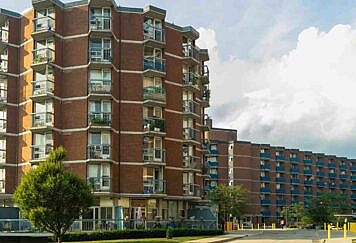Earthquakes are regarded as the rapid shaking of the soil brought on by the changing of the rock as well as tectonic plates underground. The earth appears solid, however the top crust of the planet is deep and prolonged periods of time lead to stress to build up between cracks and plates. Whenever pressure is put on, seismic vibrations and intense shaking instantly reverberate to the surface, impacting miles of land. Aftershocks may occur right after the first quake, causing additional damage. Industry experts have discovered particular U.S. regions highly vulnerable to earthquakes, but technically they might happen anywhere. Earthquake strengthening presents the greatest risk to widespread damage in a nation with permanent steel, glass as well as concrete structures.
Regularity Is The Secret Ingredient To Regularity
This particular attribute describes the motion of the structure in lateral directions when pushed. Developing engineers as well as safety specialists would like the structure to go in a balanced manner, to ensure that the power is equally distributed around the structure, without placing a lot of weight on one side. A structure that’s intermittent can display weaknesses when it sways. The weakness is going to compromise as well as the framework will see concentrated harm, and that compromises the structure as an entire.
Among the most crucial safety features when creating for security is redundancy, which means there’re several strategies to fall back on in case one fails. These could add to the price of the home in case an earthquake takes place, but redundancies may help you save a lot of cash in case of catastrophe. As a matter of fact, protection experts suggest spreading the mass along with strength equally around the structure, to ensure that the strength isn’t exclusively dependent upon one component.
Stable Foundations
Stable foundations, no matter disasters, would be the most crucial characteristic of building A big structure. It’s crucial for the long-term survival of a structure, along with a better foundation is needed to offer protection against earthquakes. Various areas possess distinct foundational characteristics that determine the way the foundation of a structure needs to be reinforced. Prior to building, professionals have to carefully observe the way the ground reacts as well as moves. Buildings created to resist severe quakes have driven piles as well as deep foundations. To stabilize these extreme steps, the foundations are linked as a single unit, so they go together.
Equitable Vertical
Equitable Vertical as well as Lateral Strength and stiffness When creating earthquake-proof structures, protection experts suggest adequate vertical and lateral stiffness and Strength – particularly lateral. The structures have a tendency to deal with vertical movement better than lateral or horizontal motions brought on by quakes. Even though professionals like structural engineers and earthquake planners do not take into account earthquakes, the vertical strength and stiffness of a building that supports itself are still crucial. Earthquakes nevertheless present new directional forces that might not be anticipated. Throughout the event, structures will shift right and left and rapidly destabilize if not constructed properly.
Follow TechStrange for more Technology, Business, and Digital Marketing News.





